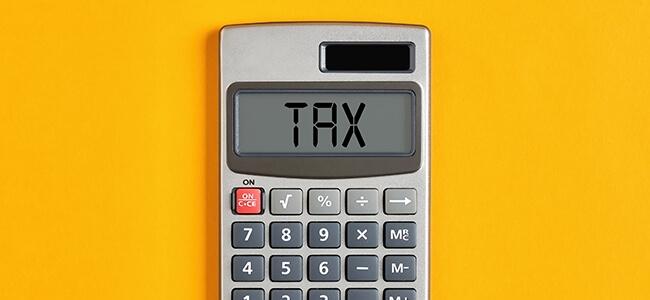The answer depends on your tax situation and expectations for the future.
Many companies offer a 401(k) plan with both Roth and traditional contribution options. You can choose between one or the other, or you can choose to fund both at once.
Roth and traditional contribution options share many features. Both allow you to:
- Contribute up to a combined total of $20,500 in 2022 (plus an additional $6,500 in catch-up contributions if you’re age 50 or over).
- Contribute up to a combined total of $22,500 in 2023 (plus an additional $7,500 in catch-up contributions if you’re age 50 or over).
- Invest in the different options your employer makes available through their plan.
- Invest for the long-term with the potential for tax-advantaged growth.
The main difference between Roth and traditional 401(k) contributions is the way each is taxed. In the simplest terms, your decision comes down to whether you’d rather pay taxes now or later.
Roth contributions: Pay taxes now
Roth 401(k) contributions are made with after-tax dollars. Once you start taking qualified Roth distributions in retirement, you won’t owe any taxes on the money you collect.
Traditional contributions: Pay taxes later
Roth 401(k) contributions are made with after-tax dollars. Once you start taking qualified Roth distributions in retirement, you won’t owe any taxes on the money you collect.
Choosing the account that’s right for you
As you consider which contribution type is best for you, give some thought to the following questions:
- Do you need to reduce your taxable income this year? If you need to reduce your taxes for the current year, or to lower your income to stay eligible for benefits such as Affordable Care Act healthcare subsidies or the Child Tax Credit, traditional 401(k) contributions can help you do that. Roth 401(k) contributions don’t affect your taxable income or current tax liabilities.
- Can you afford to make Roth contributions? If your income is already stretched, you may want to put off paying taxes upfront. With traditional contributions, you won’t have to pay taxes until you withdraw your money in retirement. If you take the Roth 401(k) contribution route, you pay the taxes upfront, which will lower your take-home pay.
- How long do you have until you retire? The longer you have to save for retirement, the more you may benefit from Roth’s potential for tax-free growth. With the Roth option, you pay your taxes up front on the current dollar value of your contribution, but any potential future appreciation is tax-free when you take a qualified distribution. Over many years — or even decades — that potential appreciation may offset the front-end tax liability.
- Do you expect your tax rate to be higher or lower when you retire? This factor carries substantial weight in the choice between a Roth and a traditional 401(k) option. If you think your tax rate will be lower when you begin taking withdrawals in retirement, traditional contributions may make sense. If your tax rate will be about the same (or higher), Roth contributions might be preferable.









